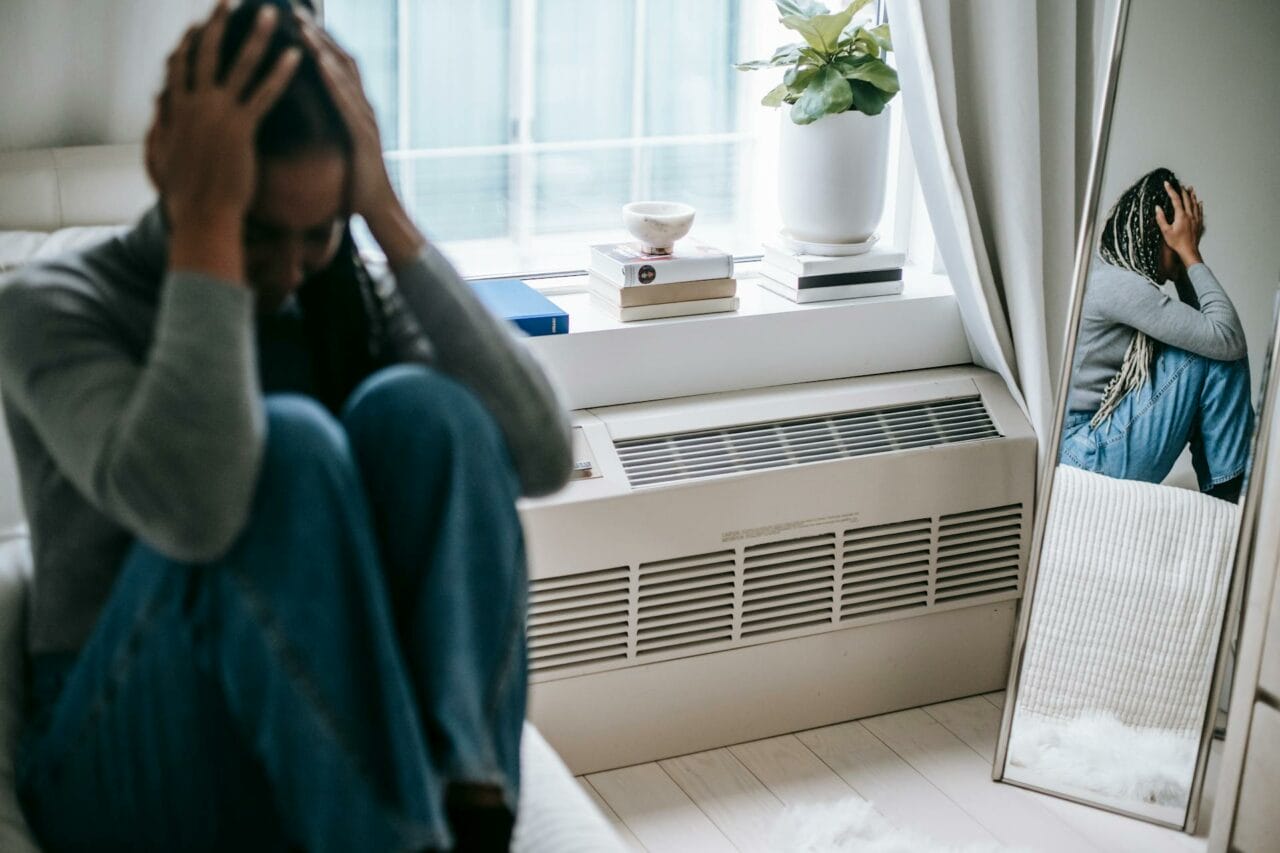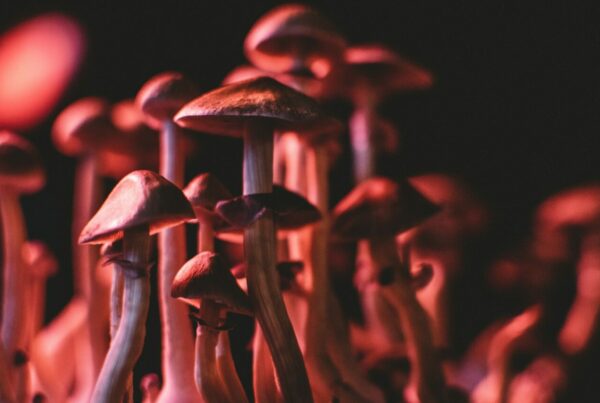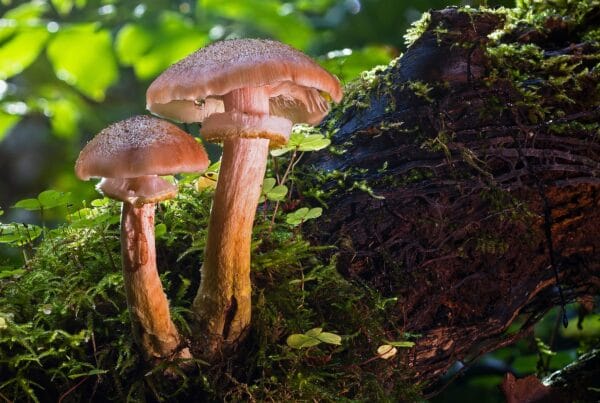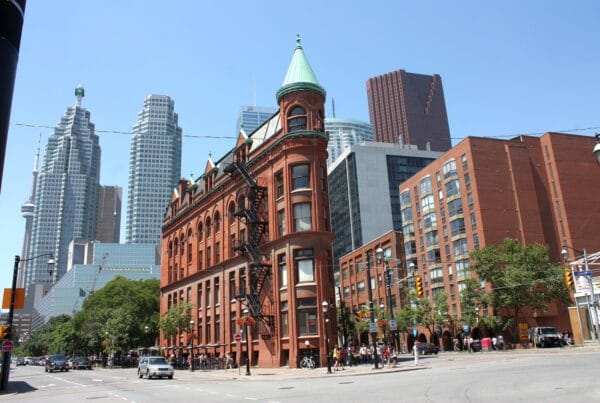Conventional anxiety treatments typically involve medication and therapy. However, due to potential side effects, these methods may not work for everyone. This has led to increased interest in alternative solutions such as psychedelic therapy, which uses substances like “magic mushrooms Montreal” among others.
Welcome to your premier destination for buying psychedelics online in Canada. We guarantee quick, secure, and confidential services.
[toc]Key Takeaways:
- Psychedelic therapy combines the therapeutic effects of psychedelic substances with traditional talk therapy to enhance the recovery process.
- Psychedelic therapy can boost emotional health and overall quality of life through spiritual journeys.
- The integration process is a vital method in psychedelic therapy aimed at ensuring the long-term effectiveness of the therapy session.
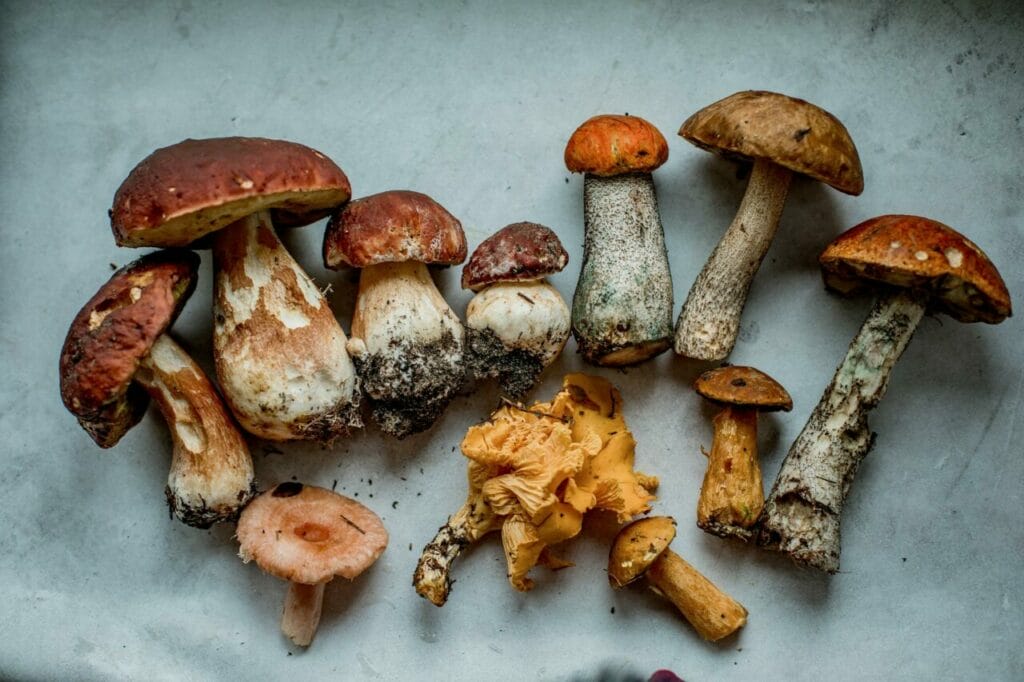
Statistics of Anxiety Disorder in Canada
The 2022 Mental Health and Access to Care Survey reveals an alarming increase in the prevalence of anxiety disorders in Canada. The percentage of Canadians aged 15 and above diagnosed with generalized anxiety disorder in the 12 months preceding the survey has risen from 2.6% in 2012 to 5.2% in 2022.
Contrasting Conventional Treatment and Psychedelic Therapy
Typical treatments for anxiety disorders often involve a combination of psychotherapy and medication. Psychotherapy, also referred to as psychological counselling, is a collaborative process between a therapist and the patient aimed at reducing anxiety symptoms.
On the other hand, anxiety medications alleviate symptoms by tailoring treatment to the specific type of anxiety disorder and considering any concurrent mental or physical health problems. While treatment may differ based on individual situations, psychotherapy and medication remain the core strategies.
In psychedelic therapy, sessions are unique as they include one or two doses of a psychedelic substance, in addition to other therapeutic
Techniques:
Therapy Using Psychedelics
Psychedelic therapy refers to a therapeutic approach that harnesses the power of psychedelic substances to enhance healing. These substances, known for their hallucinogenic properties, have been central to holistic medicine and spiritual rituals in various cultures for millennia.
The two primary substances employed in this therapeutic context are Lysergic acid diethylamide (LSD) and psilocybin. LSD triggers alterations in mood, perception, and consciousness. Psilocybin, according to the Health Canada website, is the active ingredient in magic mushrooms. Consumption of these mushrooms can induce sensory experiences, such as visual, auditory, or tactile hallucinations.
Dosage Guidelines for Three Sessions
In the context of psychedelic therapy, professionals assess patients to determine the appropriate psilocybin dosage for their sessions. Dosage can vary, with some patients beginning with moderate levels, while others are able to handle larger amounts. Typically, the treatment protocol consists of one to three drug sessions, each lasting six to eight hours, with several weeks in between. This differs from traditional medications that require daily intake until further instruction from a healthcare provider.
Spiritual and Life-Changing Experience
Unlike anxiety medications, which are designed to control symptoms, psychedelic therapy can induce transformative visions or feelings of divine connection, aiming to address the root causes of the condition. This therapy can significantly impact emotional wellbeing and quality of life.
The immersive experiences often lead to profound realizations, heightened self-awareness, and improved emotional handling. These effects can stimulate personal development, inspire positive behavior modifications, and enhance overall mental health.
Impacts
| Broadened Consciousness | Altered states of consciousness offer a new worldview. | These heightened states often result in:Deep insightsEpiphaniesImproved understanding of self and surroundings |
| Emotional Recovery | Encourages emotional healing by providing a space to face and process unresolved trauma, grief, or emotional pain. | This approach aids in:Uncovering deeply held feelingsReleasing emotional barriersPromoting emotional health |
| Enhanced Self-Awareness | Increases the interconnectedness of sensory brain regions while reducing connectivity within the default mode network. This network integrates brain regions that are interconnected, focusing on self-reflective thinking and personal subjective awareness.” | These regions aim to: Change persistent negative thought patterns, beliefs, and routine behaviours. Empower users to gain profound insights into their genuine selves, motivational factors, and interpersonal interactions. |
Somatic Therapy
While not usually linked with psychedelic therapy, somatic therapy is attracting interest due to its potential benefits. This body-oriented approach explores the connection between the mind and body. It’s based on the idea that past traumas can result in sensations being trapped within the body. Somatic therapists help individuals identify these bodily sensations and use therapeutic techniques to alleviate this tension.
Integration
This serves as a platform for clients to attain clarity, gain perspective, and cultivate wisdom from their psychedelic encounters. The transformational process occurs during integration sessions with the therapist and the client’s proactive steps outside of psychedelic journeys. Integration enhances the transformative effects of psychedelics through active engagement with surfaced insights and emotional revelations.
Types of Integration
- Journaling. By documenting experiences, individuals can reinforce memories for easier future recollection. It also enables clients to examine their experiences from various perspectives to discover different interpretations, meanings, and connections.
- Art. This provides an effective way to capture the complex feelings and emotions of a psychedelic journey in a creative and visually expressive form.
- Practicing Nature-based Approaches. These can be as simple as taking mindful walks in the forest or seeking tranquility beside a peaceful body of water. Therapists can help clients recognize the intricate patterns within nature or suggest using natural elements like plants, stones, water, and candles as grounding tools.
- Engaging in Integration Groups. Group sessions with individuals undergoing similar experiences offer a valuable chance for reflection, support, and connection. The capacity of psychedelic therapy to foster a sense of interdependence and mutual understanding beyond individual boundaries is central to its approach.
The Role of These Techniques in Anxiety Treatment
The basic pharmacological principle underlying all psychedelics is their ability to act as agonists, or activators, of serotonin (5-HT) 2A receptor. Psychedelic research is particularly interested in how these substances affect the brain’s default mode network, a system linked with repetitive thoughts and conditions like depression and anxiety disorders. Treatment can significantly reduce anxiety levels, with effects lasting up to 12 months after treatment.
After a psilocybin session, which typically involves profound spiritual experiences, the patient participates in a dialogue with their therapist. In these therapeutic conversations, trained healthcare professionals strive to actively engage with the patient. They also employ specific strategies and techniques to enhance the positive outcomes of the treatment.
All these methods work together to assist those suffering from anxiety, providing long-term relief in fewer sessions compared to conventional treatments.
Revolutionize Your World, One Session at a Time
Many people rely on traditional anxiety treatments, but not all find them effective or satisfying. Psychedelic therapy presents an alternative, employing unique approaches that can trigger transformative experiences. These techniques work in harmony to deliver deep, lasting results—sometimes for up to a year after only one to three sessions.
Besides improving mental health, this therapy could also result in significant cost savings for patients. Interested in exploring a new path to wellness? Discover the potential of psychedelic therapy with 3 Amigos Canada.
Commonly Asked Questions
Is there a particular type of magic mushroom used for psychedelic therapy?
Often, studies on psychedelic-assisted therapy don’t clearly state which type of mushroom is used. Psilocybe cubensis is typically the preferred choice.
Online magic mushroom dispensaries offer a range of strains to suit various preferences. You have the freedom to choose any strain to experience the therapeutic benefits of psychedelics. However, be careful and choose a reputable vendor to avoid acquiring unsafe magic mushrooms from disreputable sources.
What is the duration of psychedelic therapy?
Psychedelic therapy consists of several stages and its length can differ. A single session in which the psychedelic is administered lasts between 4 to 8 hours. The entire therapy process, including preparation, the session, and subsequent discussions, can last from a few weeks to several months.
Regarding long-term effects, many individuals report improvements in their mental health for several months or even up to a
Several sessions are typically included in a year.
Does a therapist guide the patient through a spiritual journey?
During this stage, healthcare professionals such as therapists or other support staff may provide guidance to the patient. Studies suggest that Spiritual Health Practitioners (SHPs) make a unique and invaluable contribution to enhancing the wellbeing of participants and supporting their progress throughout a spiritual journey. Some individuals seek the help of an SHP, while others rely on a therapist or specialist provided.
Does the “set and setting” play a role in the process of psychedelic therapy?
Indeed, both the mental state (set) of the person and the physical surroundings (setting) are essential in safely guiding spiritual experiences during a psychedelic therapy session. The individual’s mindset influences their spiritual journey, affecting the experience before and throughout the psychedelic session. Aspects such as beliefs, expectations, emotional state, and intentions determine the direction and depth of the experience.
Primary Reference: Psychedelics as Emerging Treatments for Anxiety Disorders: Opportunities and Challenges in a Budding Field – PMC (nih.gov)
About the Authors:
Franklin King, IV, MD. and Rebecca Hammond, M.D.
Related Articles:

